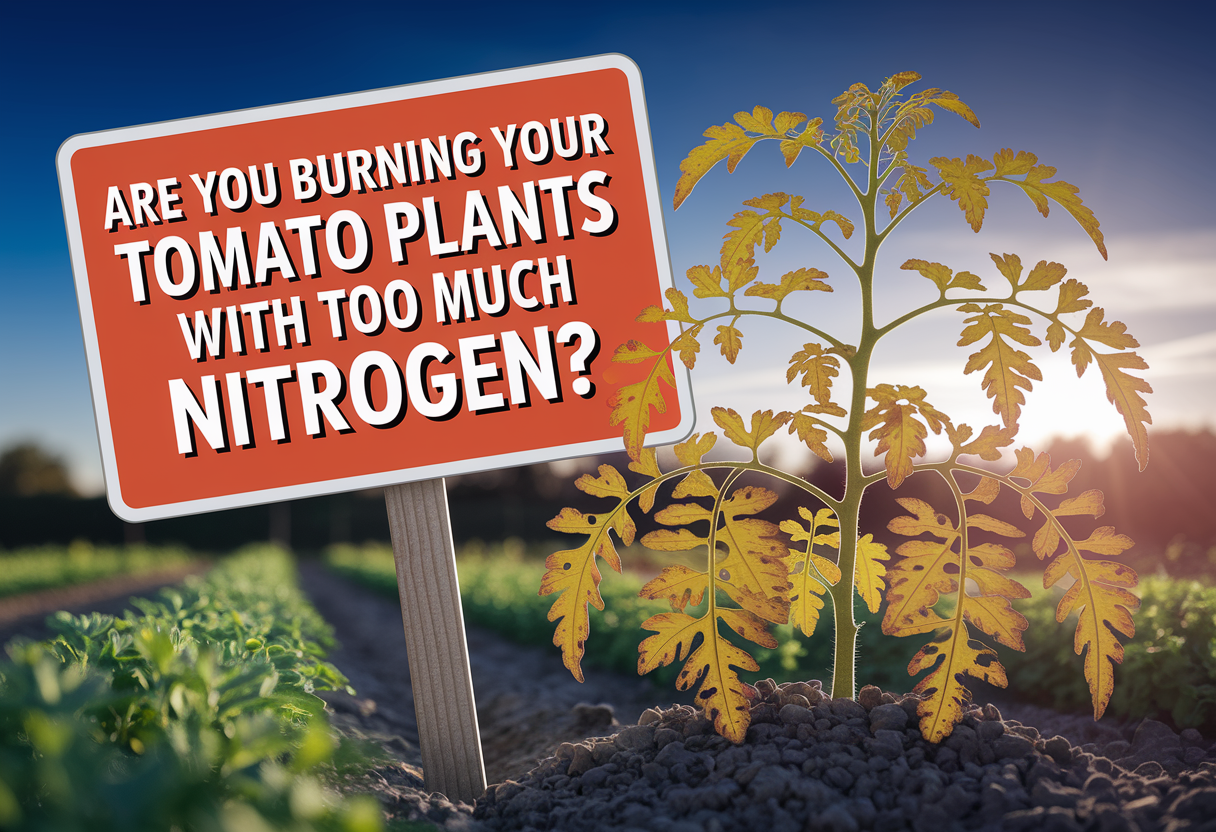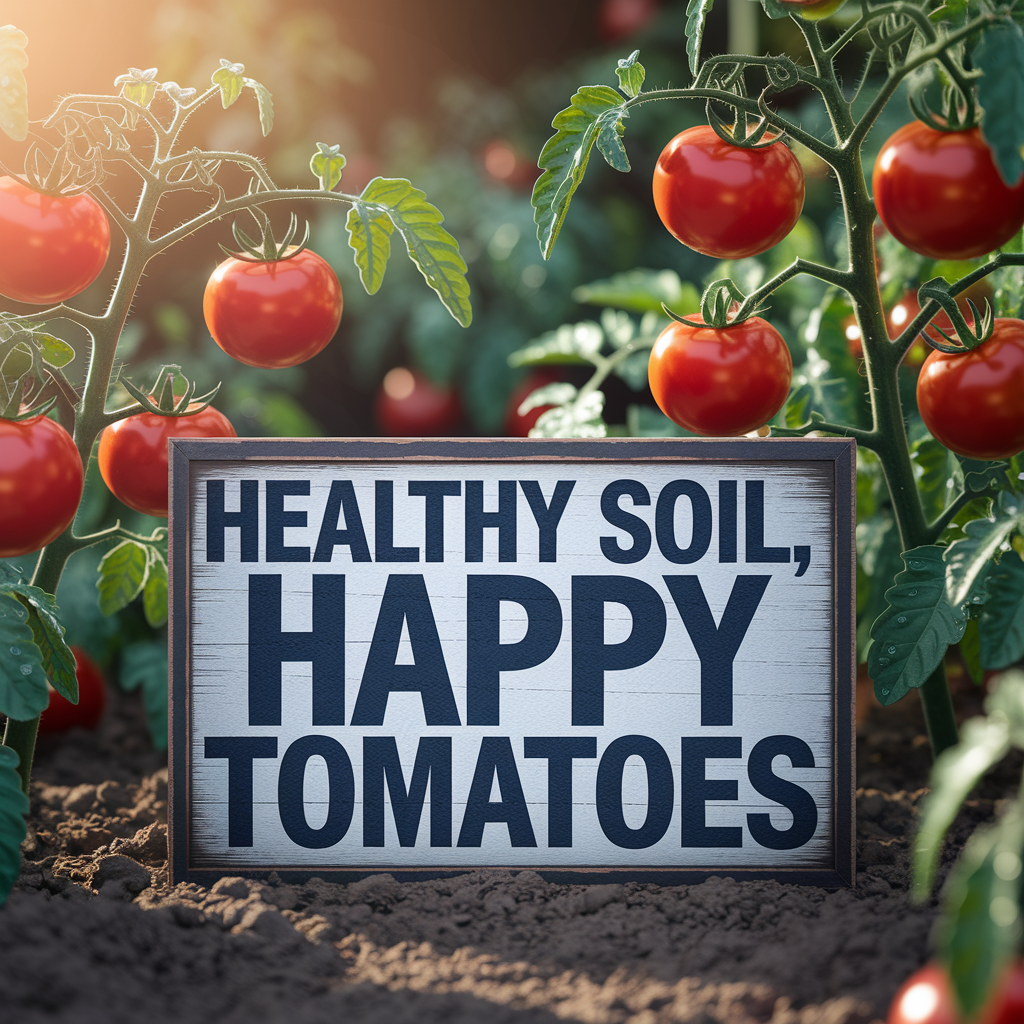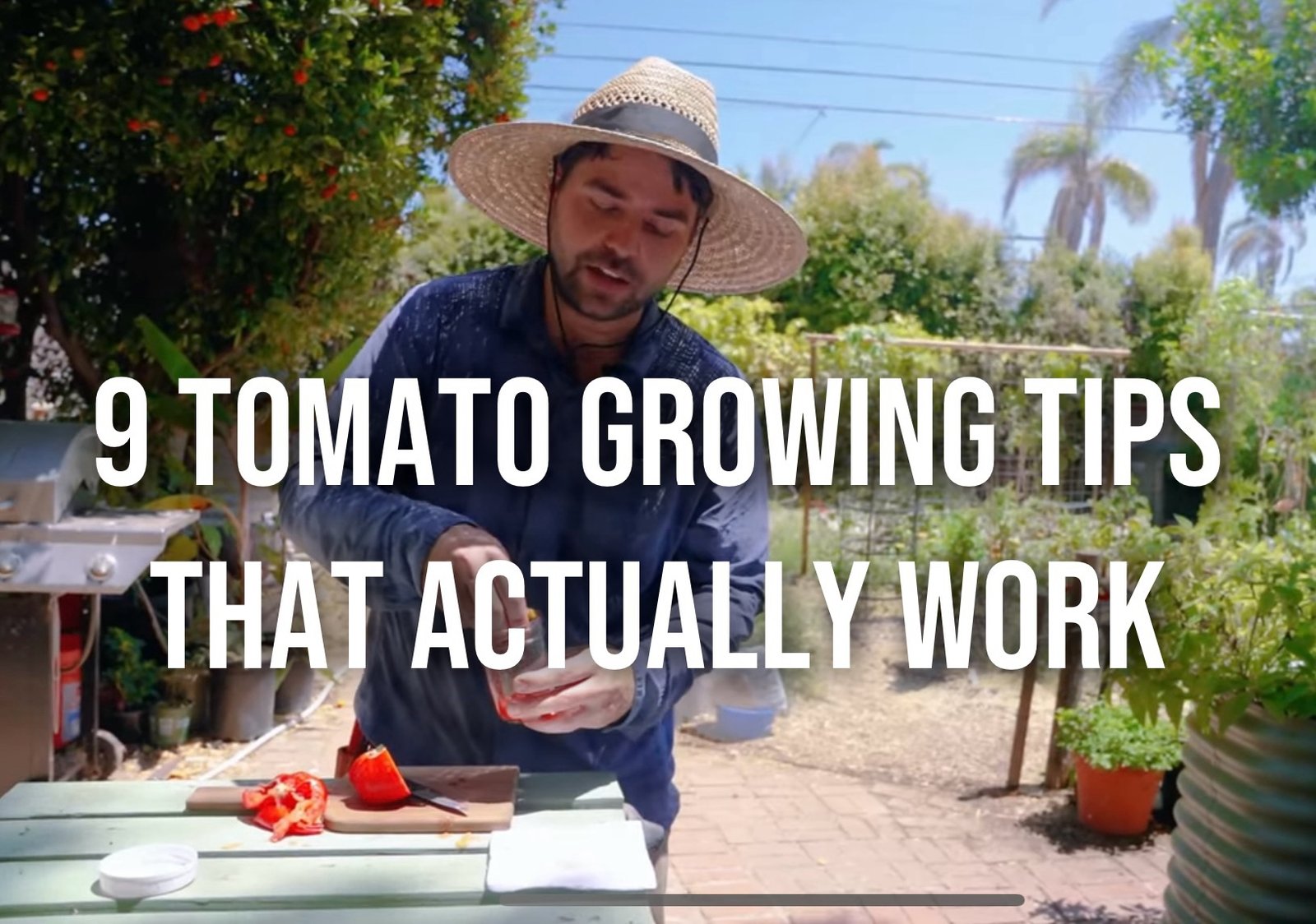
9 Tomato Growing Tips That Actually Work (From My Garden to Yours)
I’ve spent years trial-and-erroring my way through the ups and downs of growing tomatoes. Some seasons were loaded with juicy red gems, and others… well, let’s just say I learned what not to do. If you’re looking for real tomato growing tips that actually help you grow better, tastier tomatoes, these 9 tricks have made a serious difference in my garden—and I bet they’ll help yours too.
Use Less Nitrogen Than You Think
One of the first mistakes I made was overdoing it with nitrogen-rich fertilizer. My tomato plants were huge and leafy… but barely produced fruit. Tomatoes need some nitrogen, sure—but too much leads to beautiful plants with hardly any tomatoes.
Now I stick with a balanced approach. I highly recommend using something like the BioAdvanced Insect Control for Edible Gardening if you’re trying to protect your tomatoes without adding extra stress or nutrient imbalance to your soil.

Try the Tomato Fermentation Hack
Here’s a trick that might sound odd—fermenting your tomato seeds before saving and planting them. This simple process can actually help boost germination rates and disease resistance. It’s easy to do and pays off when next season’s seedlings pop up stronger than ever.
Also, if you’re new to planting from seed or just want to know how to prepare soil for tomatoes the right way, I’ve got a full guide on it that will save you loads of time and frustration.
Use Ethylene to Ripen Tomatoes
When you’ve got tomatoes stuck in that frustrating green phase late in the season, place them in a bag with a ripe banana or apple. That ethylene gas helps speed up the ripening process. It’s a simple trick, but one I use every fall before the frost sets in.
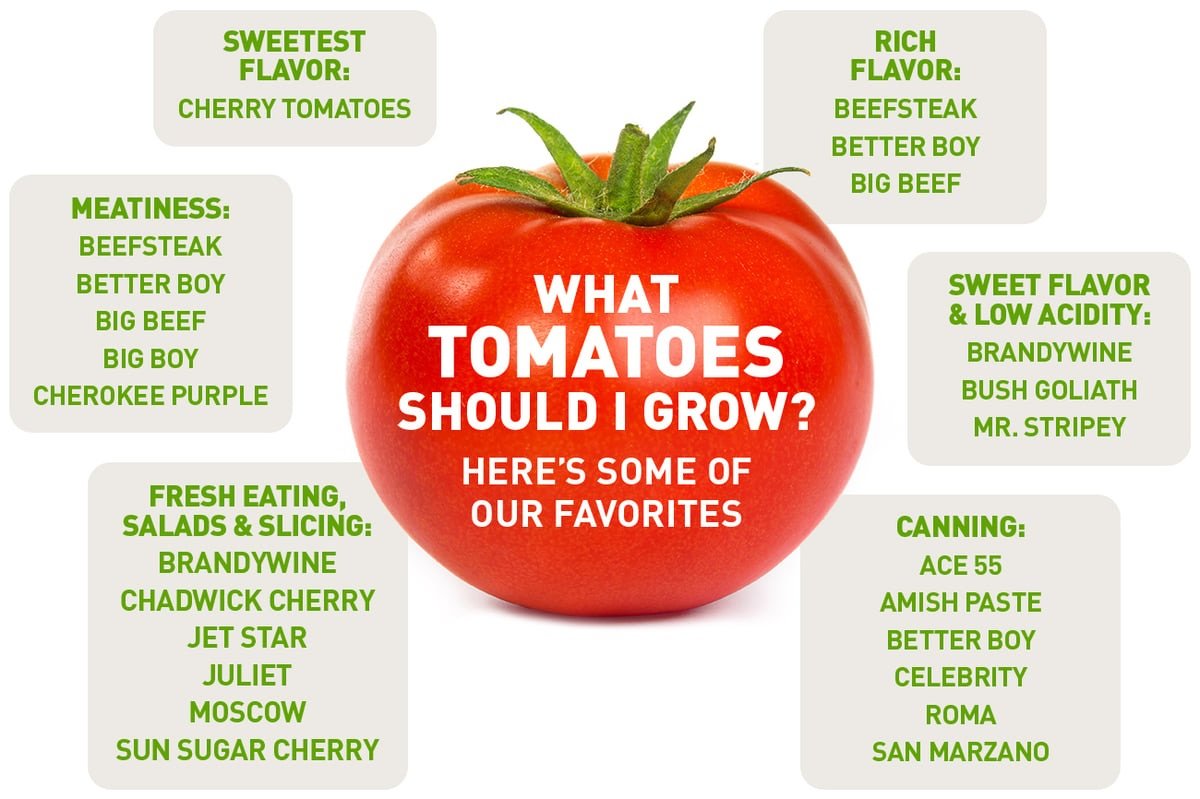
Stagger Your Harvest Windows
Instead of planting all your tomato seedlings at once, plant them in waves, a couple of weeks apart. This way, you don’t get a flood of tomatoes all at once (and then nothing). It also helps you dodge some pest cycles and bad weather windows.
Speaking of pests, if you haven’t read it yet—this guide on how to get rid of hornworms is a must for any tomato grower who’s ever found one of those chunky green suckers hiding under a leaf.
Plant Tomatoes Deep—Seriously
When it comes to planting tomatoes, deeper is better. I bury my seedlings up to the top few sets of leaves. Why? Because tomato plants grow roots all along their buried stems, making for a stronger, more drought-tolerant plant.
If you’re growing in pots or containers, this works beautifully too. Just make sure you’re using the best containers for tomatoes that actually help them thrive and pairing them with the right soil—this is my go-to soil mix for containers.
Topping Tomato Plants for Bigger Yields
This is one of those tomato growing tips I wish I learned sooner. Topping (snipping off the top of the main stem once the plant hits a certain height) helps redirect energy into growing fruit instead of more foliage. It also improves airflow and makes harvesting easier.
I usually top indeterminate varieties once they reach 4–5 feet tall and are loaded with flowers or small fruit. Try it once—you might be surprised by how much more manageable (and productive) your plants become.
Big Tomatoes Need More Sun
If you’re after beefy slicers or giant heirlooms, sunlight is non-negotiable. Big tomatoes need 6 to 8 hours of direct sunper day—minimum. Anything less and they’ll be small, slow, or just downright stubborn.
And remember, soil quality plays a huge role too. If you haven’t yet, check out this post on soil pH for tomatoes to make sure your ground isn’t holding your plants back.
Clone Your Favorite Tomato Plants
Cloning tomatoes is one of my favorite late-summer tricks. If you’ve got a standout plant that’s healthy and producing like a champ, just snip off a strong sucker (a little shoot between the stem and leaf), stick it in water until it roots, then replant it. Boom—instant tomato plant!
This is especially handy for extending the growing season or if you’re working with limited space and want to keep multiplying a solid variety. You can even start a clone indoors for next season.
Don’t Overcrowd Your Tomato Plants
It’s tempting to pack as many tomato plants into a bed or raised box as you can. I’ve done it. But trust me—overcrowding invites disease, weak growth, and small harvests.
Give your plants at least 18 to 24 inches of space between each other. If you’re planting in containers, stick with one tomato per pot, especially in a 10-gallon grow bag like this.
Mulch Like It Matters (Because It Does)
Mulch is a tomato grower’s best friend. It holds moisture, suppresses weeds, and protects your soil from compacting or washing out.
I like to use straw or shredded leaves around my plants, especially when it starts to heat up. For containers, even a little layer of mulch can help regulate temperature and moisture. If you’re not sure when moisture is too much, a 4-in-1 soil meter is gold.
Prune Suckers for Better Airflow and Energy
I always prune the lower suckers (those little shoots that grow between the main stem and leaf branches) on indeterminate varieties. It improves airflow, keeps leaves from dragging in the dirt, and focuses energy on fruit.
But don’t overdo it! A little pruning goes a long way. I usually do this early in the morning when plants are hydrated and happy.
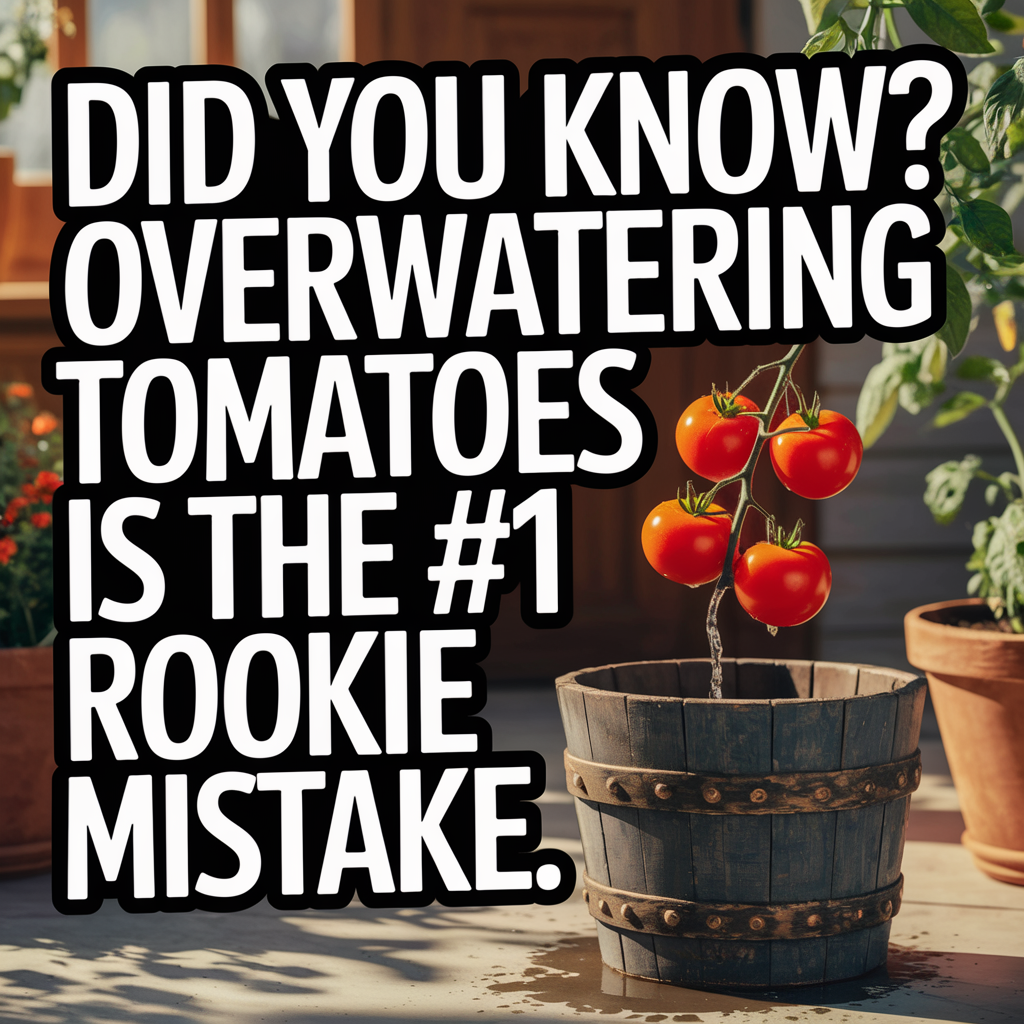
Know When to Water—and When Not To
Tomatoes like consistent moisture, but they hate soggy roots. In fact, overwatering is one of the top ways beginners hurt their plants. If you’re not sure, check out the signs of overwatering tomato plants to know what to look for.
A simple rule? Water deeply but less often. Let the top few inches of soil dry out before watering again.
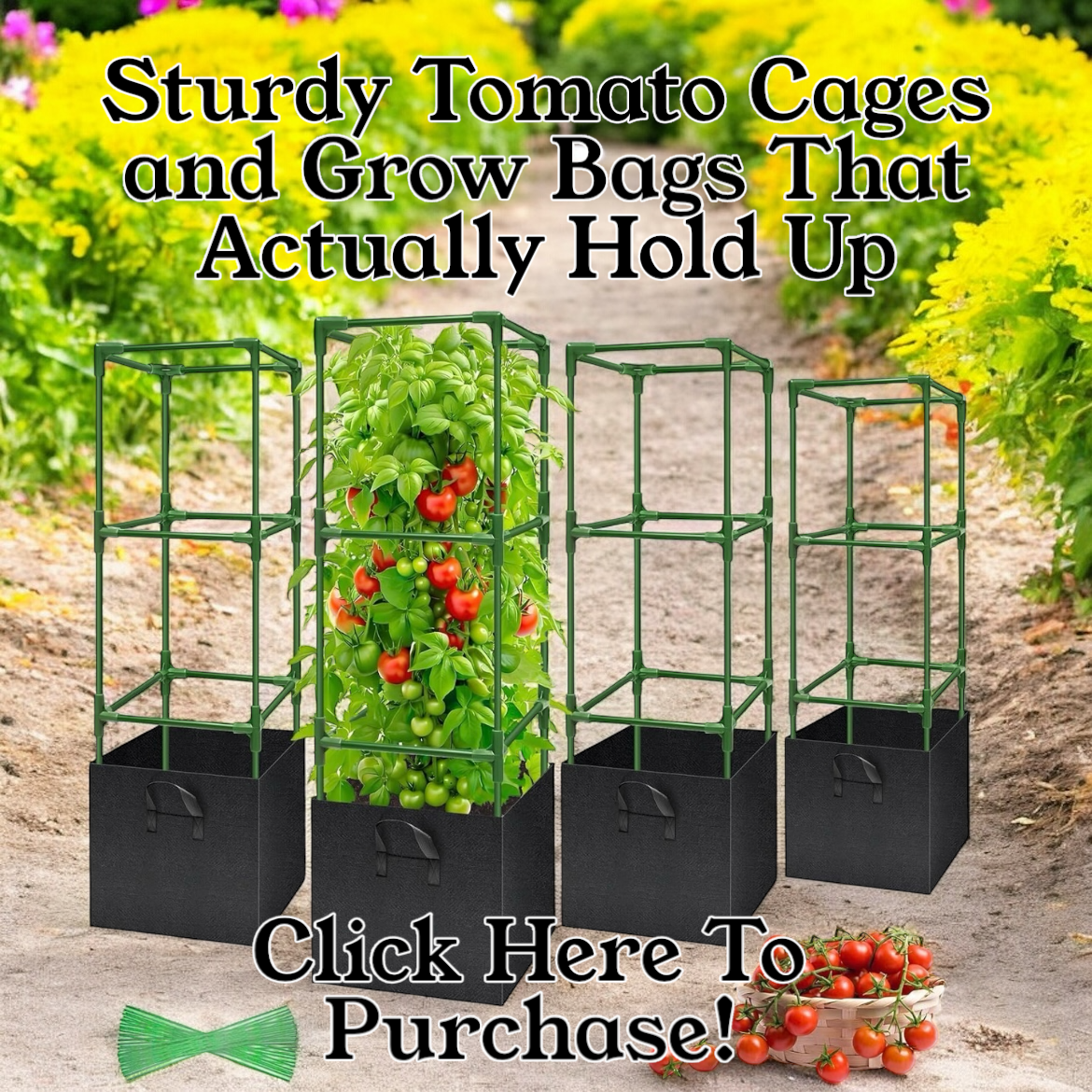
Use Tomato Cages Early—Not Later
Don’t wait for your tomatoes to flop over before supporting them. I’ve learned that setting up sturdy cages—like these tough ones I actually use—right when you plant helps your tomatoes grow strong, straight, and supported from the start.
Late support often means snapped branches and bruised fruit. Get ahead of the chaos.
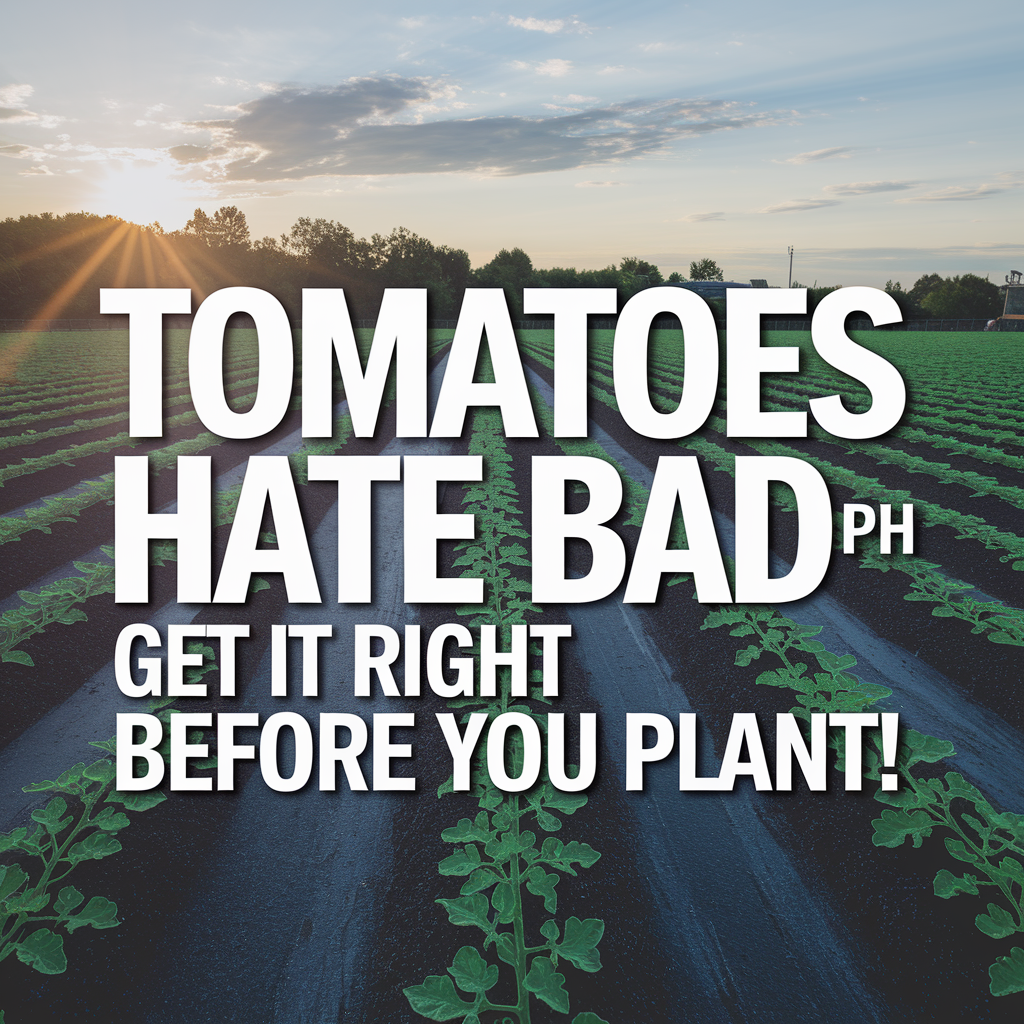
Test and Adjust Your Soil pH
Your tomatoes will thank you for this one. Tomatoes like a slightly acidic soil, around 6.2 to 6.8 pH. If your pH is too high or low, your plants can’t properly absorb nutrients—even if you’re fertilizing.
Use a reliable soil pH tester, and if needed, check out our guide on how to change soil pH the right way.
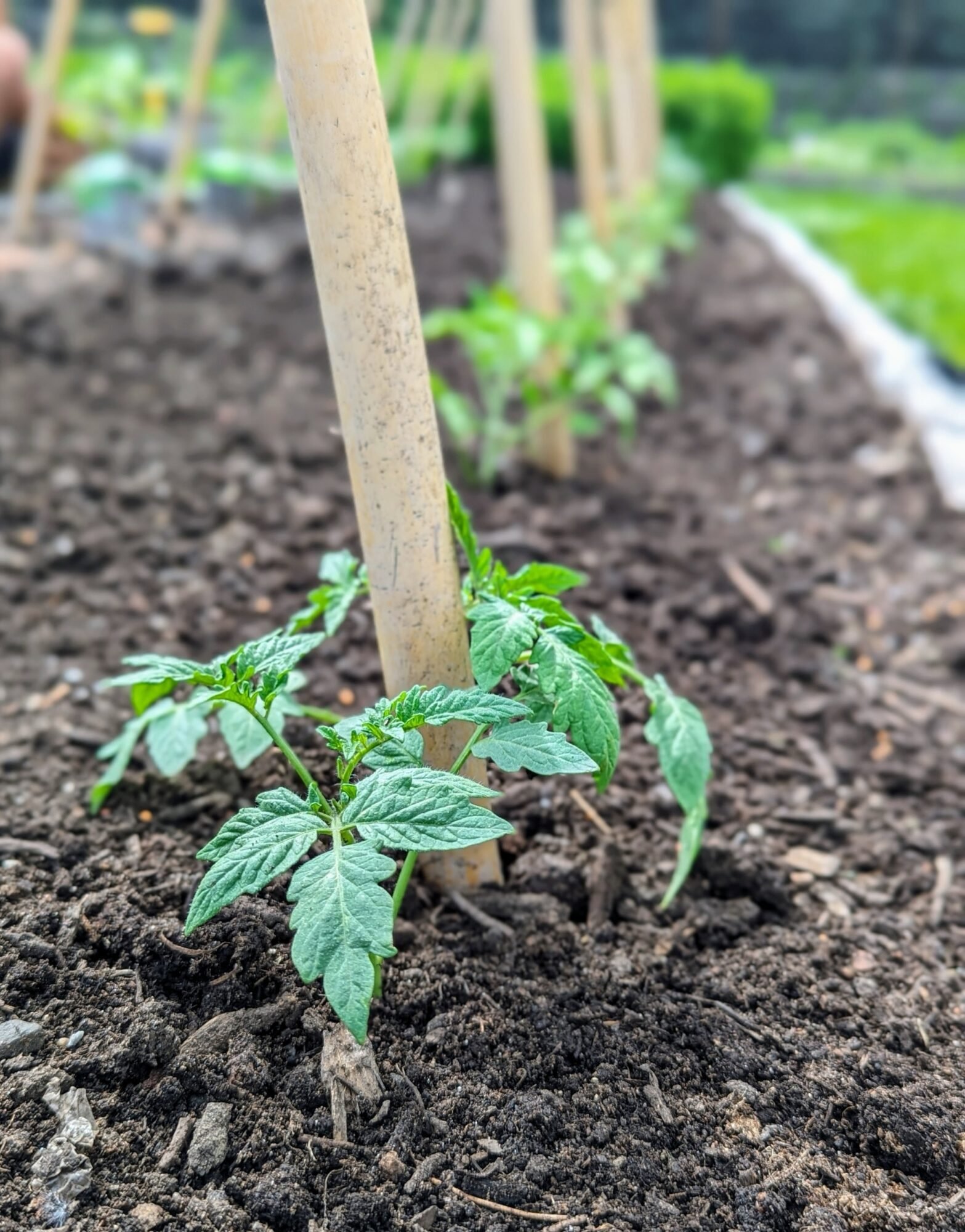
Stagger Your Planting for a Longer Harvest
Want fresh tomatoes all summer long without one overwhelming harvest? Stagger your planting! I plant my first round, then another batch 2 to 3 weeks later. That way, I get extended harvest windows and fewer spoiled tomatoes piling up on the counter.
Plus, it spreads out the workload—harvesting, canning, and eating in a more manageable flow.

Rotate Your Tomato Beds Each Year
This one’s a game changer. Don’t plant your tomatoes in the same spot year after year. Tomatoes are heavy feeders and can deplete your soil fast, not to mention attract lingering pests and diseases.
Rotate your beds annually with legumes or greens to keep the soil healthy. And before replanting, prep your soil right to ensure it’s ready to support another successful season.
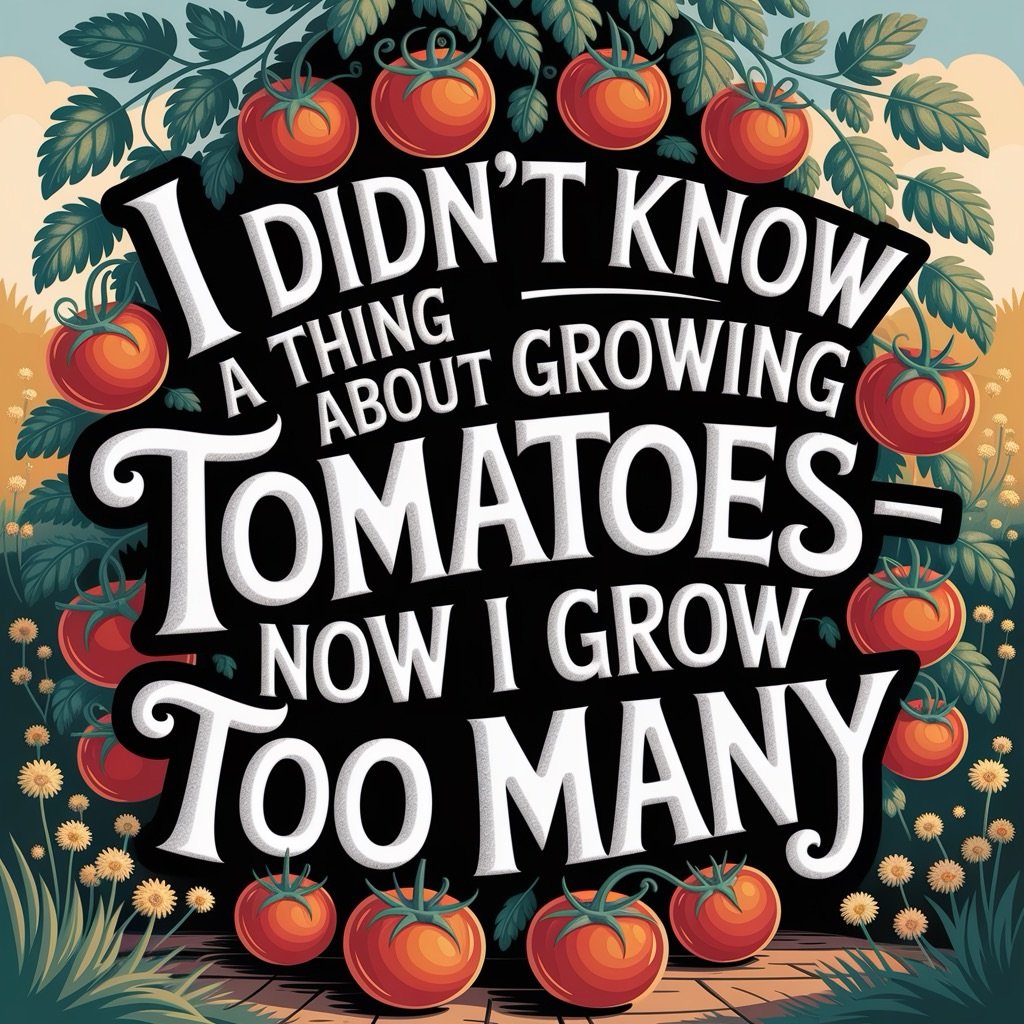
Keep Learning and Growing — Tomatoes Reward the Patient
If there’s one thing I’ve learned growing tomatoes year after year, it’s this: the more you observe, the more you learn. No two seasons are exactly the same, and your tomatoes will teach you what they need—if you’re paying attention.
Whether it’s adjusting your watering, trying a different soil mixture, or experimenting with raised garden beds or container types, every choice you make helps build experience. Don’t be afraid to try new techniques, learn from failures, and celebrate the sweet success of that first juicy bite.
If you’re still deciding on your soil setup, definitely check out my go-to organic soil mix—or learn how to build your own blend right at home. Either way, getting that base right makes everything else easier.
As an Amazon Associate we earn from qualifying purchases through some links in our articles.

